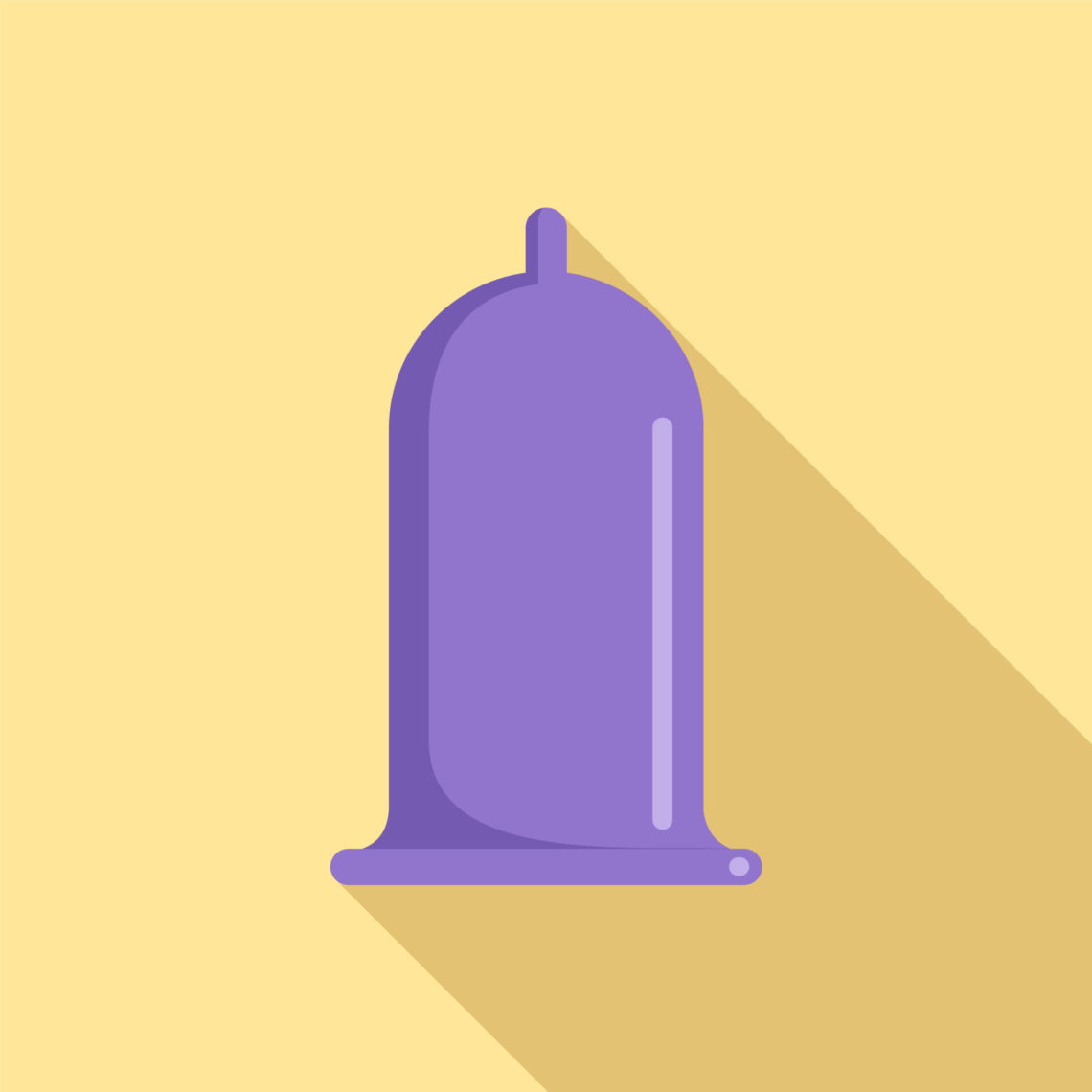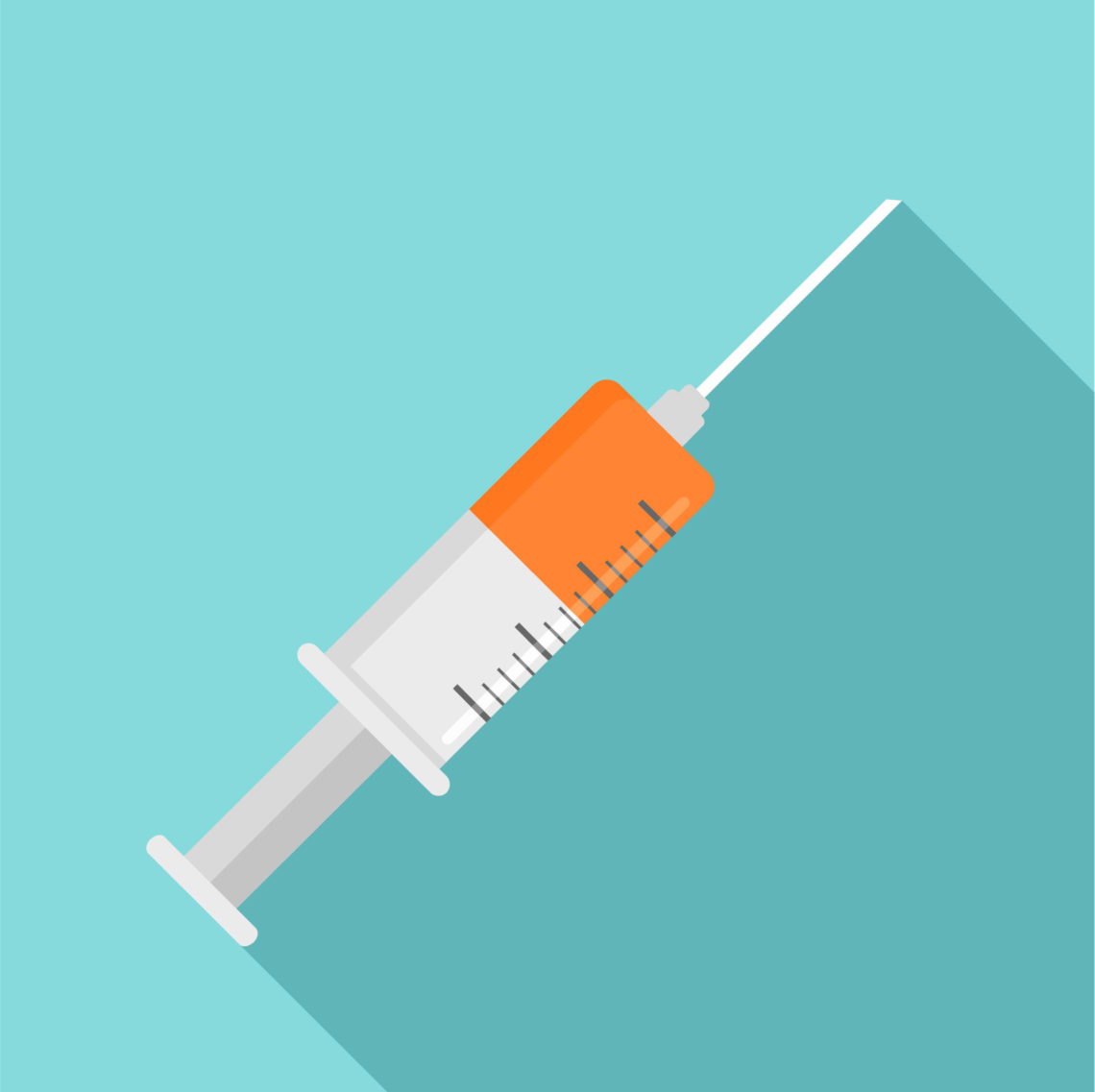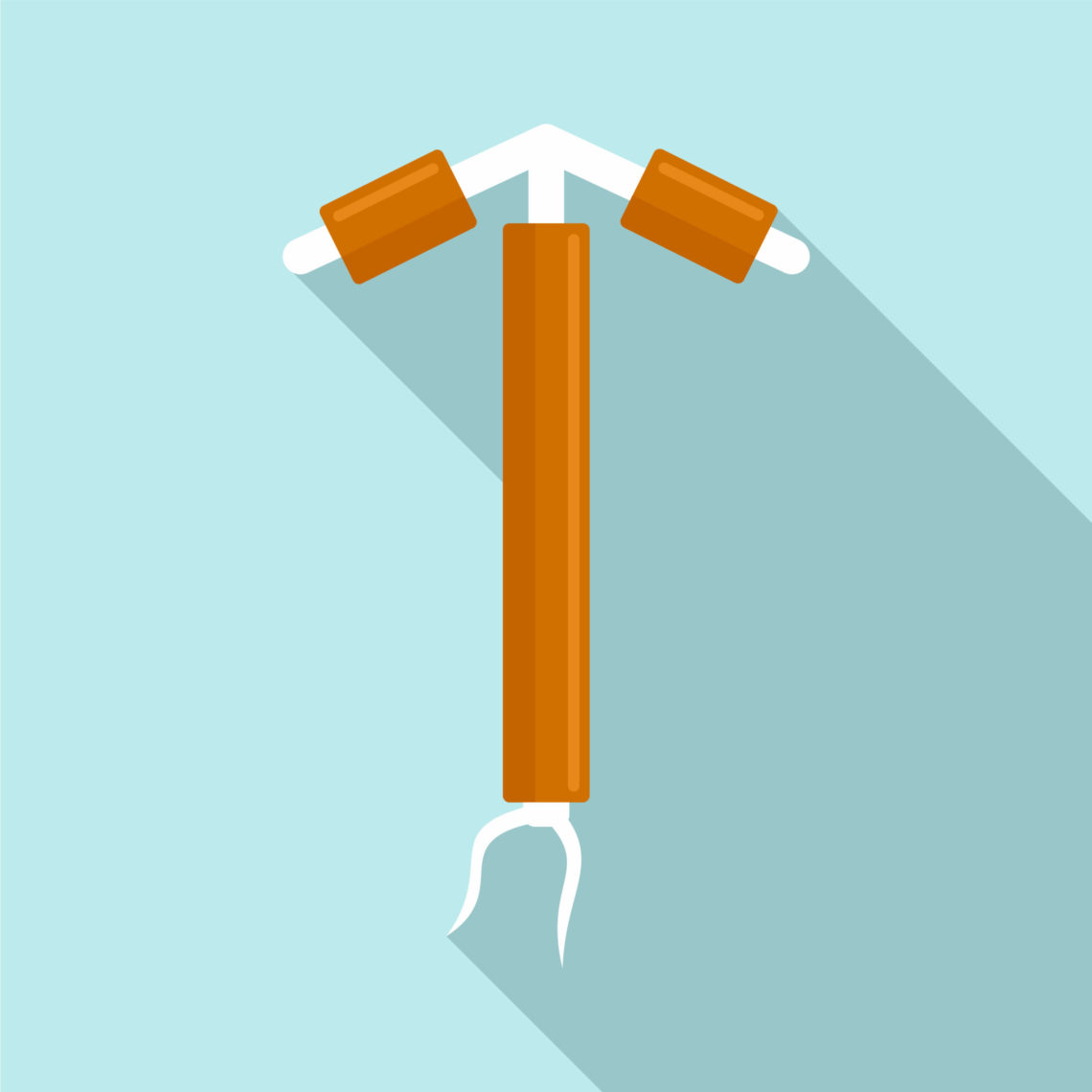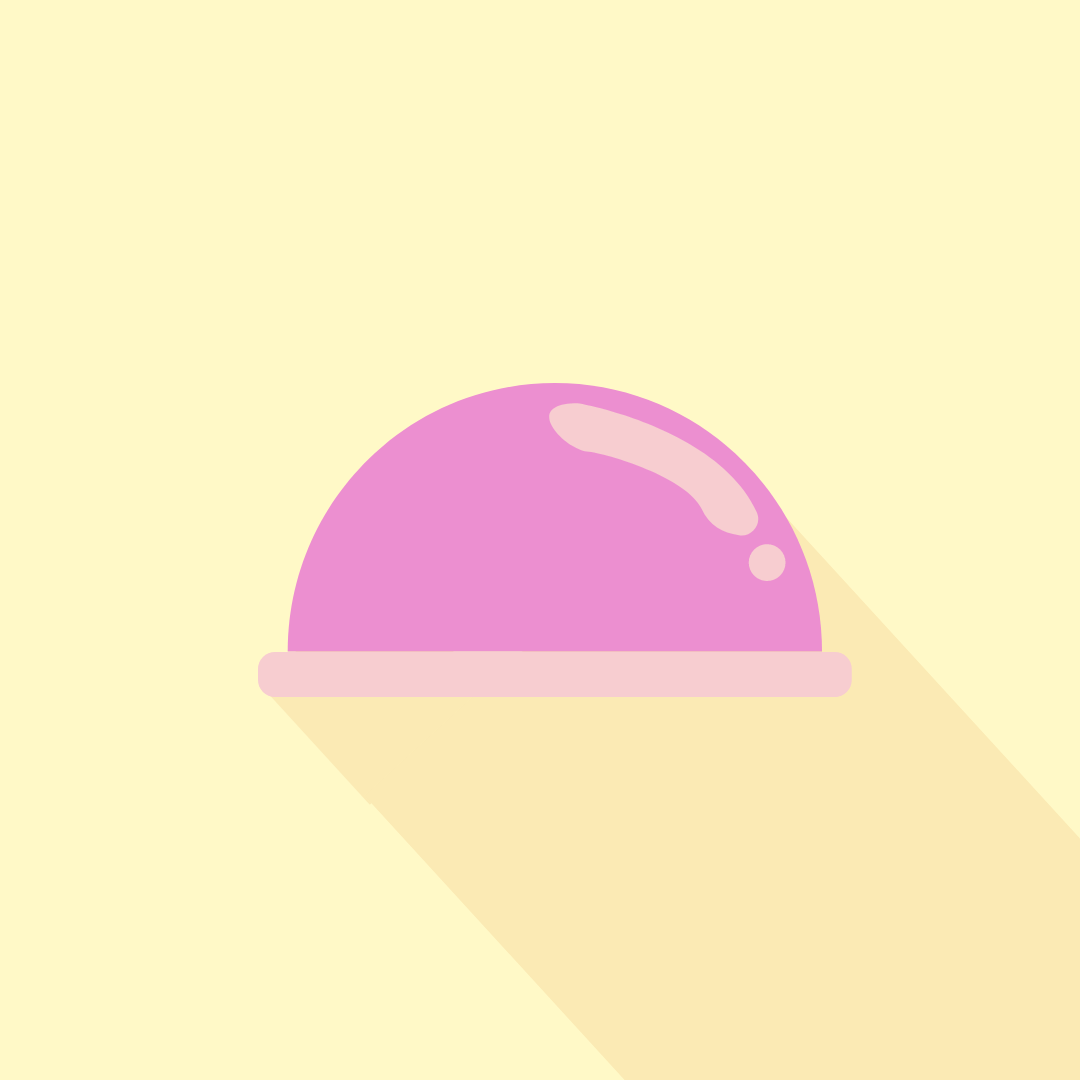Selecting the right contraceptive option for you
Contraception is the use of hormones, devices or surgery to prevent pregnancy, allowing you to choose if and when you want to have a baby. If you are wanting to prevent pregnancy, there are a number of different contraceptive options available that may suit you.
When you are choosing the method of contraception that is right for you, it is important to have accurate information. There are numerous factors to consider when exploring your contraceptive options including:
- Ease of use
- Cost and availability
- Possible side effects
- Effectiveness in preventing pregnancy
- Protection against sexually transmitted diseases (STIs)
To help you explore your options and make an informed decision, we have collated a brief description of some of the most common contraceptive options available.
Please note, we also recommend consulting your GP to discuss which options are best suited to your individual needs and circumstances.

Male condom
Male condoms are a readily available contraceptive method that comes in a variety of shapes, sizes and materials. This contraceptive method involves placing an external condom on the penis prior to sexual contact creating a barrier between the penis and vulva and vaginal canal and preventing the sperm from reaching the egg to fertilise it. This also ensures any bacteria or infection cannot be transmitted from one person to the other inhibiting the transmission of sexually transmitted infections
| Routine | Every time |
| Efficacy | 82% typical use; 98% perfect use |
| STI Protection | Yes |
| Pros | Affordable, easy to access, easily reversible, non-hormonal, no script required, protection against STIs |
| Cons | Efficacy highly user dependent, susceptible to breakage |

Female condom
Female condoms are internal condoms that wraps the inside of the vaginal canal. As with male condoms, they create a barrier between the genitals, preventing the sperm from reaching the egg to achieve fertilisation as well as preventing the transmission of any bacteria or infections.
| Routine | Every time |
| Efficacy | 79% typical use; 95% perfect use |
| STI Protection | Yes |
| Pros | Affordable, non-hormonal, no script required, protection against STIs |
| Cons | Efficacy highly user dependent, susceptible to breakage, can be difficult to access |

The combined oral contraceptive pill
Typically referred to as ‘The Pill’, the combined oral contraceptive pill is a popular oral contraceptive that must be taken daily. The combined oral contraceptive pill contains both oestrogen and progestogen in order to both prevent ovulation and thicken the mucus in your cervix to prevent pregnancy. Most versions of The Pill also have a hormone-free break on the tablet sheet which means you have the choice to have a regular period if you wish.
Please note: The Pill must be taken every day to be effective and is not suitable for all women
| Routine | Every day |
| Efficacy | 91% typical use; 99.7% perfect use |
| STI Protection | No |
| Pros | Easy to access, easily reversible, can assist with managing periods |
| Cons | Efficacy highly user dependent, may cause side effects, requires a script |

Progesterone-only contraceptive pill
The progesterone only pill, typically referred to as ‘The Mini Pill’, is another oral contraceptive option that is available which contains a low dose of progestogen.
While the mini pill does not stop you ovulating as it does not contain estrogen, it works to prevent pregnancy by changing the mucus at the entrance to the uterus to stop the sperm from fertilising the egg.
Please note: The Mini Pill must be taken at the same time every day to be effective.
| Routine | Every day |
| Efficacy | 91% typical; 99.7% perfect |
| STI Protection | No |
| Pros | Easy to access, easily reversible, progesterone only |
| Cons | Efficacy highly user dependent, may cause side effects, requires a script |

Depo Provera injection
The contraceptive injection, depot medroxyprogesterone acetate (DPMA), is a 150mg dose of the hormone progestogen which works by preventing the ovaries from releasing an egg and thickens the cervical mucous to prevent sperm from entering the uterus.
Please note: Once you have had the injection, it cannot be reversed.
| Routine | 12 weeks |
| Efficacy | 94% typical; 99.8% perfect |
| STI Protection | No |
| Pros | Easy to access, low maintenance, can assist with managing periods and symptoms, progesterone only |
| Cons | May cause side effects, regular injections necessary, requires a script |

The Implanon
The contraceptive implant is contraceptive option inserted directly under the skin on the inner arm above the elbow which can provide long term contraception up to 3 years. It works to prevent pregnancy by preventing ovulation by continuously releasing a low dose of progestogen into the blood stream.
| Routine | 3 years |
| Efficacy | 99.9% typical and perfect |
| STI Protection | No |
| Pros | Easy to access, easily reversible, can assist with managing periods |
| Cons | Efficacy highly user dependent, may cause side effects (i.e., 30% of individuals have no side effects, 30% of individuals have irregular bleeding and 30% individuals have unsatisfactory side effects) |

Hormonal intra uterine device (Hormonal IUD)
An IUD is a small t-shaped contraceptive device inserted into the uterus which can provide long term contraception for up to 5 years. By releasing small quantities of the hormone progestogen into the uterus, the hormonal IUD works to partially suppress ovulation, thin the lining of the uterus and thicken the mucus in the cervix to stop sperm from reaching the egg.
| Routine | 5 years |
| Efficacy | 99.8% typical and perfect |
| STI Protection | No |
| Pros | Low maintenance, reversible, cost effective, can assist in managing periods, progestogen only |
| Cons | Doctor required to insert and remove the device, low chance of side effects (<15%) |

Non-hormonal copper intrauterine device (Copper IUD)
A copper IUD is a small t-shaped contraceptive device inserted into the uterus which constantly releases a small amount of copper ions. These copper ions affect the ability for sperm to move and survive in the uterus as well as altering the uterine lining to prevent fertilised eggs from implanting on the uterine wall.
| Routine | 5 years |
| Efficacy | 99.8% typical and perfect |
| STI Protection | No |
| Pros | Low maintenance, reversible, cost effective, can assist in managing periods, progestogen only |
| Cons | Doctor required to insert and remove the device, may cause side effects |
Fertility awareness method (FAM)
The fertility awareness method consists of monitoring when ovulation occurs and ensuring you do not have unprotected intercourse during the period in which you have a chance of conceiving, based on your ovulation cycle and sperm survival rates. This contraceptive method requires a commitment to monitoring daily changes and symptoms of the cycle as every individual’s cycle is different and your cycle can be affected by numerous factors.
| Routine | Every day |
| Efficacy | 75% typical; 99 % perfect |
| STI Protection | No |
| Pros | No cost, non-hormonal, effective for planning pregnancy |
| Cons | Highly user dependent, ovulation is highly variable and may be affected by external factors, higher unplanned pregnancy rate compared to other contraceptive options |

Withdrawal method
The withdrawal method is the act of withdrawing the penis from the vagina before ejaculation occurs. However it should be noted that, even when used perfectly, there is a significant risk of conception as approximately 40% of men have pre-ejaculate that contains sperm. This makes the withdrawal method relatively ineffective in comparison to other contraceptive methods.
| Routine | Every day |
| Efficacy | 78% typical; 96 % perfect |
| STI Protection | No |
| Pros | No cost, non-hormonal |
| Cons | Highly user dependent, high failure rate, higher unplanned pregnancy rate compared to other contraceptive options |

Diaphragm
A diaphragm is another contraceptive method available that is placed at the entrance to your cervix to prevent sperm from passing into the uterus to fertilise the egg. It must be inserted every time you have intercourse, along with the accompanying lactic acid buffer gel, and must stay in for no less than 6 hours after sex but no longer than 24 hours afterwards. Please note that although a diaphragm is considered a barrier method, it does not protect you against sexually transmitted infections, unlike condoms.
| Routine | Every time |
| Efficacy | 82% typical use; 86% perfect use |
| STI Protection | No |
| Pros | Cost-effective (reusable for up to 2 years), non-hormonal, no script required |
| Cons | Efficacy highly user dependent, can be difficult to access |

Emergency contraceptive pill
The emergency contraception pill, also known as the “Morning After Pill” or “Plan B”, is an oral pill that works to prevent conception by preventing or delaying your body from releasing an egg. To be effective, an emergency contraception pill must be used as soon after the sexual act as possible and can be used up to 3 days (72 hours) after unprotected sex.
| Routine | Every day |
| Efficacy | >85% if taken within 3 days of unprotected sex |
| STI Protection | No |
| Pros | Easy to access, no script required, very short-acting, delays ovulation |
| Cons | Doesn’t work if taken after ovulation, time sensitive, may disrupt typical menstrual cycle |


